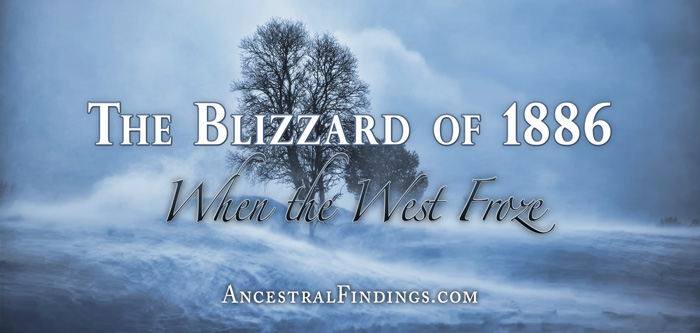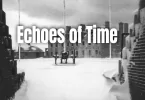The Long Winter of 1880-1881 was one of the harshest blizzards on record for the Plains states (though, at the time, most of them were still territories, not yet admitted as states to the Union). The blizzard is immortalized and made famous for schoolchildren everywhere in Laura Ingalls Wilder's novel, “The Long Winter,” which is part of her Little House on the Prairie series of books. Wilder weathered this blizzard as a teenager in South Dakota with her family and describes the hardships her family and the town went through during this infamous weather event. It is a wonderful first-hand account of someone who went through the harsh winter and survived during times before houses had things like electricity, indoor heating, and hot water plumbing.
Signs of a harsh winter began in the summer of 1880 when it was unusually hot and dry. When fall approached, the birds started flying south for the winter sooner in the season than usual, sensing that the weather that was coming was not something they wanted to stick around and see. Other animals were noticed preparing for winter earlier in the season and making more extensive preparations than was the norm. The humans of the Great Plains noticed these things and knew they were in for a harsh winter. They just didn't realize how harsh.
The snow started falling earlier in the season than usual, beginning in early November. When it started falling, it was heavy snowfall from the start. When the snow started falling, it didn't stop for long periods at a time, and there were only short breaks between snowfalls. The snow quickly began to pile up in amounts equal to the heights of some of the houses on the plains. Temperatures dropped to well below zero and stayed that way throughout most of the winter. The loss of livestock for the plains farmers was staggering. As Wilder described in her book, her father had to make frequent trips outside to chip ice off the noses of the cattle, where their condensed breath quickly froze on them. This was a constant activity they had to do to keep the cows alive. Most other farmers weren't so lucky.
Keeping houses warm was also an issue. When the firewood ran out, there was no more since whatever trees there were on the plains were covered with snow. Many people, Wilder's family included, began to twist straw from their barns into sticks and use it to keep the fires burning in their homes. Whiteout conditions were common. With so much snow on so much flat ground, it was easy to lose one's way just going to the barn. People were sometimes found frozen to death near their own front doors, having lost their way. Wilder's father used a rope tied to the front door to get him to the barn and back without getting lost in the snow.
The snow was piled so high, that trains couldn't get through to bring supplies to the people most affected by the blizzard. They basically had to fend for themselves until the snow finally started to melt, which wasn't until May of 1881. It was then that the true extent of the damage was discovered, with dead livestock being found as the snow melted. Some people were found this way, too. The blizzard was a legend for decades and is remembered today thanks to Wilder's book, and the many photographs that exist showing the true extent of the snowfall.
Read More:
- The Long Winter (Little House) by Laura Ingalls Wilder
- The Children's Blizzard by David Laskin
- Letters From a Montana Sheep Man: The true tale of Isaac S. Schultz who survived the blizzards of 1886-87 – and why he went missing for 44 years by Darlene Della Schneck





